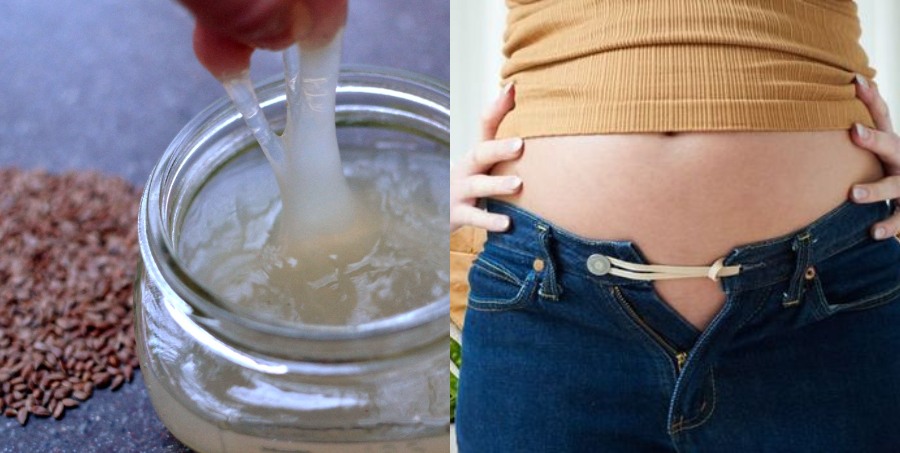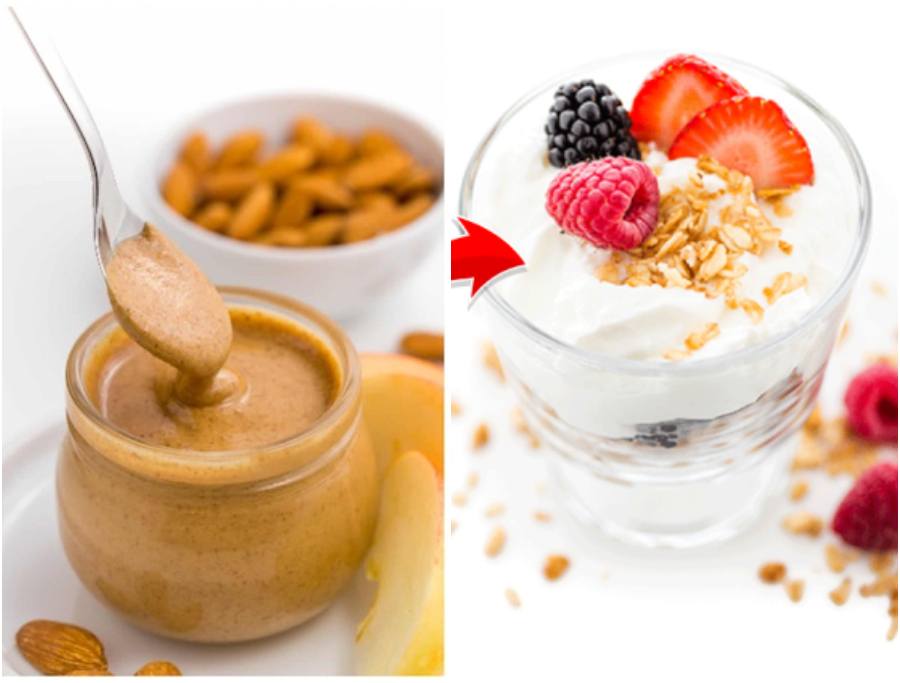Obesity and weight gain has become a global pandemic and lifestyle changes and wrong dietary choices are the main factors that push the body to become obese and there’s a high risk for metabolic disorders like heart disease and diabetes to develop. While many people wrongly blame “dietary fat” and “their genes” for weight gain, there’s a huge factor that runs the “fat storage show” in your body and it’s the hormone “insulin.” It’s rather surprising that a hormone which is supposed to help lower blood sugar levels, also tells the body to store fat. Since we look for ways, tips and tricks to shed weight and get back into shape, it’s important to get insulin “out of the way” in your weight loss journey. In this post, we would throw light on how insulin makes you fat and prevents you from losing weight.


What is Insulin?
Insulin is a hormone which regulates blood sugar level in the body, but it also is a fat-storing hormone, secreted by pancreas. Insulin is instrumental in creating new fat cells. When body cells become insulin resistant, it tends to store all extra calories as fat, without actually burning them off. Whenever you eat high-glycemic food such as high sugar, refined carbs, processed and junk food, there’s sharp spike in insulin levels and all calories in excess will most likely get stored in the body as fat, mostly around the belly area.
What High Levels of Insulin Can Do?
1. Increases inflammation in the body.

2. The body becomes insulin resistant which means cells stop responding to insulin’s efforts and stop accepting glucose from the bloodstream.
3. Obesity.
4. High cholesterol level.
5. Increased risk of type 2 diabetes.
6. Difficulty in losing weight.
7. Increased fatigue and tiredness.
8. Skin tags.
9. Dark patches on the skin (acanthosis nigricans).
What is Insulin Resistance?
Insulin resistance is a condition where pancreas produces insulin but the cells stop responding to the efforts of this hormone by not allowing glucose to enter from the bloodstream. As a result, there’s an excess of glucose always circulation in the blood, and to get excess blood sugar out of the way, pancreas continue to secrete more insulin, making it a vicious cycle.
The Connection Between Insulin and Polycystic Ovarian Disease:
PCOD/PCOS is a hormonal disorder that affects women of reproductive age and there’s hormonal imbalance which disrupts a women’s menstrual cycle and make it difficult for her to conceive. Only a healthy diet and lifestyle can alleviate symptoms of this syndrome. Women with PCOS have higher levels of insulin than normal. This raised insulin level has been linked with underlying cause of women with PCOS also developing insulin resistance. High insulin levels affect ovaries in a way that they start secreting androgens (which are male hormones), while insulin resistance makes it difficult to maintain or lose body weight – it is rather difficult to keep those unwanted pounds at bay, if you have insulin resistance that might lead to the development of early onset gestational diabetes. High sugar levels is the major reason for PCOD. High sugar levels means high insulin release which is needed to store glucose in the cells. Constant rise in sugar levels in the body would eventually make cells resistant to insulin and they would stop responding to this hormone and one would end up getting PCOD and diabetes. So, the solution is saying bye to sugar and processed food, instead switch to whole, unprocessed and unrefined foods without preservatives.
Why It is Difficult to Lose Weight with High Insulin:
As we have mentioned earlier, insulin triggers fat storage in the body. This important hormone, which also regulates blood sugar levels and helps to absorb glucose, also controls the fat building process. Insulin stimulates the conversion of fatty acids into fat molecules which get stored as fat droplets in the body. When you tend to eat a large amount of carbohydrates, especially refined flour (maida, pastas/cookies etc.) or sugary substances (pastries/cakes/cold drinks), it triggers release of insulin from the pancreas. When there is an excess amount of calories and glucose in the blood stream, they get stored in liver and muscle cells. Once this storage is full, insulin converts glucose into fat and stores them by creating new fat cells. It also encourages our bodies to hold onto this fat, putting it on “lockdown mode” and thus discourage fat burning. The biggest benefit of cutting down refined carbs and sugar is weight loss! As we have mentioned earlier, if a person consumes refined carbs and sugar, the body will convert the glucose from sugar source to fat and store it for later use. By cutting down sugar, you will not be providing the body extra glucose to convert into fat and with strict exercise and diet routine, you would be able to shed weight really well and get your dream body and goal weight quickly.
How to Control Insulin Levels to Lose Weight?
1. Stop consumption of white flour and refined sugar: Cut down sugar to lose weight and to reduce risk of metabolic disorders such as type 2 diabetes and cardiovascular disease. So, what exactly happens when you take yourself off of sugar – you will feel terrible initially with really bad side effects like headaches, dizziness, brain fog, and mood swings. However, once that phase is over and your body adjusts to zero refined sugar, you will feel energetic with improved stamina and concentration. Here’s what would happen if you stop eating sugar for 15 days.
2. Eat vegetables and fruits: Eat foods rich in fibre. Increasing the dietary intake of fibre gives you a sense of fullness and makes you eat in moderation. This prevents you from loading up on unhealthy junk. The fiber in whole grains makes them digest more slowly, so your blood sugar doesn’t react as quickly and insulin levels stay more stable.
3. Increase your protein intake: Add sources of protein in your daily diet- lean meat, eggs, soya, lentils and so on. These help in firing up your metabolism and burning fat.
4. Get Moving and get out of your sedentary lifestyle: No need to hit the gym with a vengeance, just brisk walking for 30 minutes would help boost your metabolism and get your hormones in order to begin with. As you get comfortable with physical activity, include 40 minutes to one hour of exercises in your daily routine to regulate insulin levels.
5. Avoid processed food: When you eat processed food with high sugar and preservatives, they cause sharp rise in insulin levels. Cut out processed food in all forms to lose weight.
6. Follow a Low-Carb Diet: Rati Beauty diet programs help you to practice a low-carb diet into your routine to help you lose weight effectively.
7. Magnesium deficiency can cause insulin resistance, so make sure you are getting enough magnesium in your diet from foods such as beans, almonds, cashews, spinach, okra, peanut butter, tofu, black-eyed beans, chickpeas, etc.
8. Practice yoga: Certain yogasanas like kapalbhati, pranayam, vakrasana, dhanurasana, sarvangasana, etc. help to activate pancreas and regulate the production of insulin. These asanas also help you with weight loss.
8 Different Types of Yoga and Their Benefits
How Magnesium Rich Food Can Help with Weight Loss
14 Ways to Cut Down Sugar For Weight Loss and Health
30 Daily Foods that contain Sugar





